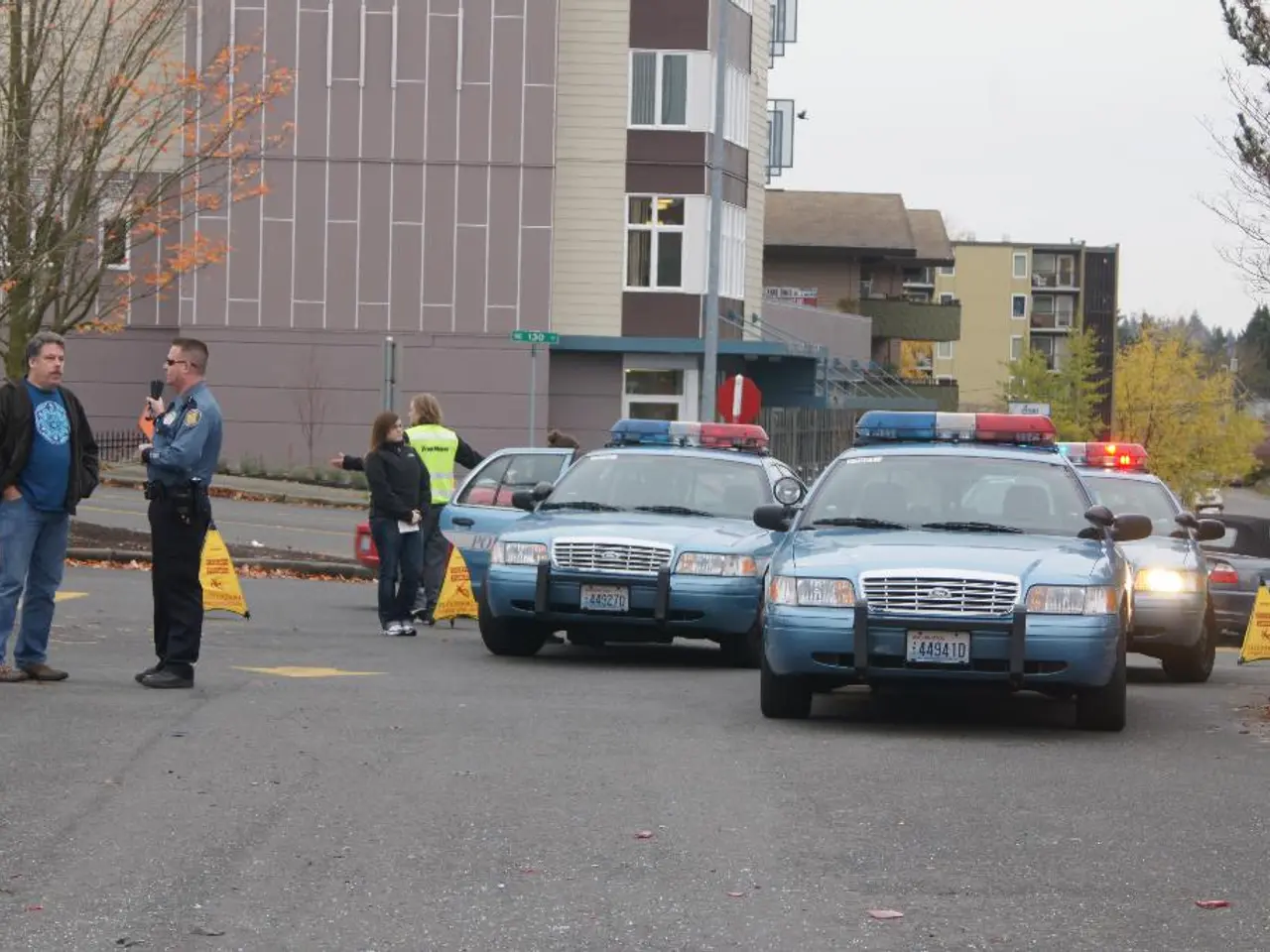A Swarm of Bees Takes Over: US Police Dealing with 250 Million Pesky Insects
- Bees
- Truck
- Insects
- Police
- USA
- Traffic Mishap
- Beehive
Collision Involves Bee-Laden Truck: Authorities Issue Alert for 250 Million Honeybees - Law enforcement in the U.S. issued a warning about an estimated 250 million insects posing a potential threat.
After a truck carrying a large number of beehives overturned near the Canadian border, US police had their hands full dealing with a swarm of around 250 million bees. The roads in the district had to be partially closed down, and beekeepers were called to help with the cleanup.
While it may seem like an unusual situation, the incident serves as a reminder of the potential consequences of not properly managing such situations. Here's what you need to know:
The Problems It Can Cause
- Environmental and Agricultural Consequences: Bees are vital to the ecosystem, serving as crucial pollinators. Their loss due to incidents like these can have significant impacts on biodiversity and local economies, affecting crop yields and potentially leading to a shortage of essential food sources.
- Public Safety Concerns: When a large number of bees are released into the wild, they can pose a threat to public safety. Stressed bees may become aggressive, leading to an increase in stings and even severe allergic reactions.
- Economic Impact: The loss of these essential pollinators could have far-reaching economic consequences, with local farmers bearing the brunt of the costs. Crop production might decrease, leading to a potential domino effect on the overall economy.
How To Handle Such Scenarios
- Immediate Action: A quick response is essential in such situations. Local beekeepers and authorities must work together to retrieve the hive boxes, repair them, and reintroduce them to their rightful place to help the bees re-hive and locate their queen.
- Avoidance and Public Safety: It’s crucial to keep people away from the affected area to prevent unnecessary contacts with the swarming bees. Advising residents to remain indoors might be necessary to ensure public safety.
- Collaborative Efforts: Coordinating with local beekeeping communities and law enforcement can help manage the crisis effectively, promoting both public safety and the wellbeing of the bees.
- Long-Term Monitoring: Post-incident, it's vital to keep an eye on the health and resilience of the bee population. Overseeing their progress will help assess the long-term impact on the apiary and make informed decisions about future prevention measures.
To sum it up, handling incidents like a truck accident that results in the release of thousands of bees requires a combination of quick action, public awareness, collaboration, and long-term monitoring to minimize human and environmental risks.
In the aftermath of a truck accident carrying beehives, US police encountered a daunting task as they dealt with a swarm of around 250 million bees near the Canadian border. This incident, while unusual, highlights the implications of improper management, such as sports-analysis-worthy consequences for the environment, agriculture, public safety, and economy alike.
After the truck overturned, proper measures should include immediate action from local beekeepers and authorities, avoidance of the affected area for public safety, collaborative efforts between the communities and law enforcement, and long-term monitoring of the bee population for their health and resilience, much like a sports team undergoing analysis for future improvement.








